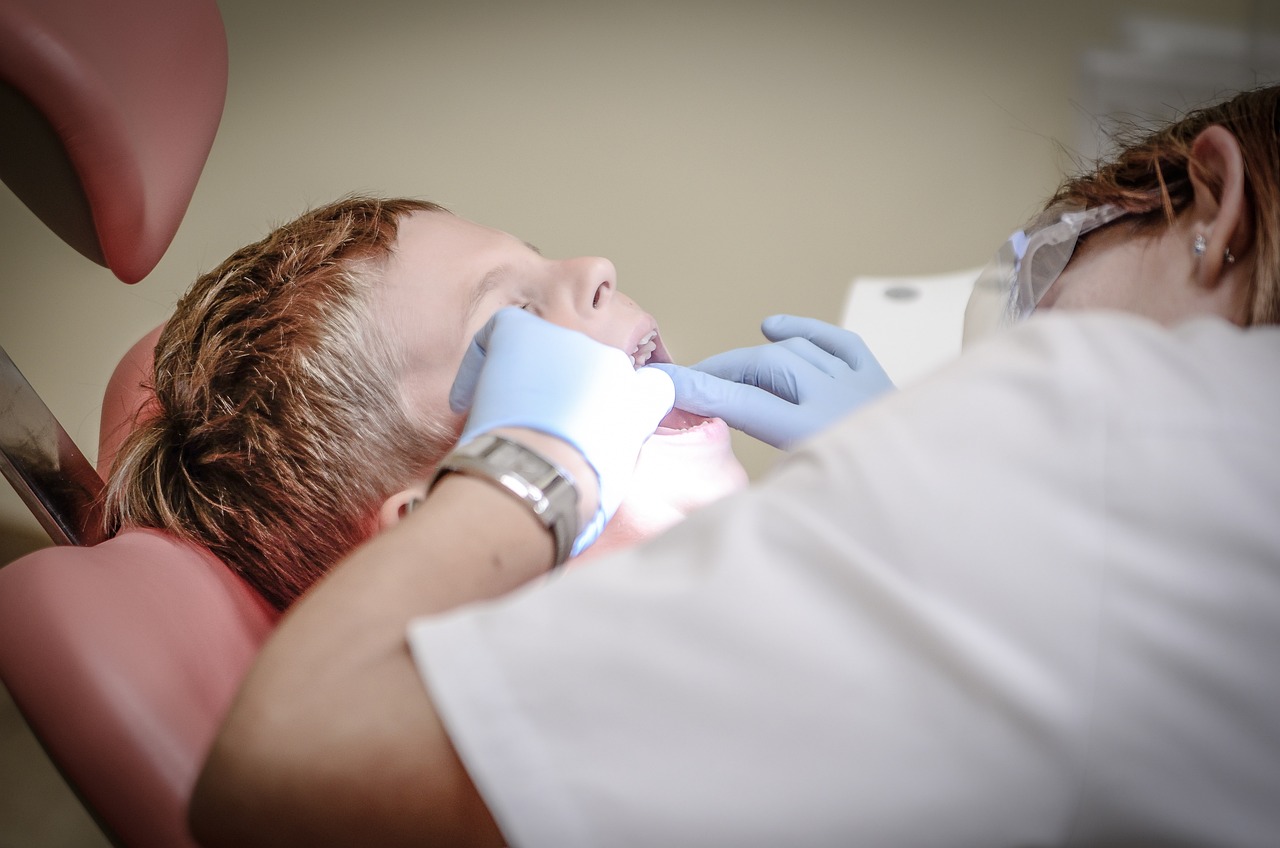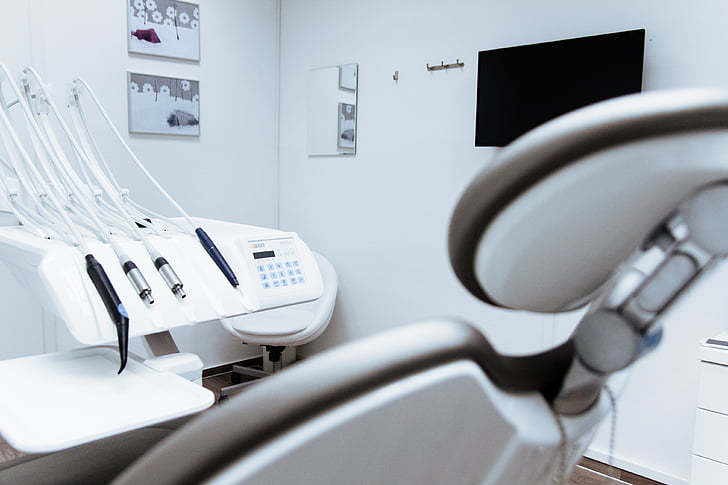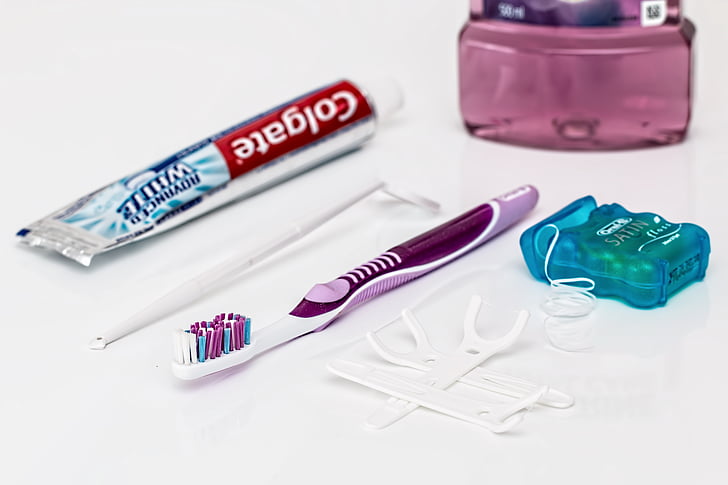Dentist visits in the United States are relatively inexpensive. If you have bad teeth, you must buy student dental insurance. Student dental insurance includes preventive and diagnostic programs, which can generally be reimbursed at 80%-100%. Items like oral exams, cleanings and scaling, and fluoride application are included. It also covers basic restorative care programs that can be reimbursed at 70%-80% for fillings, extractions, root canals, and more. Major restorative care programs are included, but these programs are compensated at a lower rate. Student Dental insurance is still necessary for most people. Students should go for regular checkups and intervene promptly if there are problems. This blog will also introduce the difference between HMO and PPO dental insurance. Dental insurance comparison and recommendation, premium and reimbursement items and ratio introduction. As an international student in the USA. You can use student dental insurance to save on cleaning, extraction, and filling costs.

If you are looking for a house rent in USA, uhomes is a good choice for you to choose apartment to live in New York,Champaign,Chicago,San Fransisco. There are different types of house for you to rent, and you can fill in a form. There will our consultant contact with you soon.

Types of dental insurance
Like medical insurance, dental insurance in the United States is also categorized into HMO and PPO:
- HMO / DHMO: You can only visit the dental clinic or doctor designated by the dental insurance company. And the premium is about $10/month.
- PPO / DPPO: you can choose your dental clinic and doctor, usually about 30-50 dollars monthly premium. However, depending on the level of the dental insurance plan and the number of items covered. It may be more expensive.
If the clinics and doctors in the HMO network are enough for you. To choose the cheaper insurance is certainly more cost-effective.
Student Dental Insurance Purchasing
There are two general types of dental insurance to purchase: on your own or from your employer.
1. Purchasing student dental insurance on your own
Traditional dental insurance is like Medicare. You need to sign up during the Open Enrollment Period, which is between November 1 and December 15 of each year. Go to Healthcare.gov or another insurance purchasing website to sign up for a plan for the following year.
2. Employer-purchased dental insurance
If your employer offers health insurance and dental insurance benefits. Ask HR how to purchase health insurance. Employer-provided insurance is classified as Group Insurance. It is usually more favorable than individual insurance purchased on your own. There are more reimbursements for the same premium and there is no Waiting Period.

Student Dental Insurance Options Guide
The student dental insurance in the USA purchasing options is the same as medical insurance. It may be a bit simpler than that, but there are a few insurance terms that you will encounter when purchasing:
- In-network: Reimbursement of fees from clinics that have a relationship with your insurance. If you want to see a specific dentist, it’s a good idea to check if the doctor is in-network.
- Out-of-network: Reimbursement is usually less, if any, than in-network clinics.
- Deductible: The portion of the bill you must pay before your insurance starts reimbursing you, recalculated annually.
- Coinsurance is the percentage portion that you need to pay out-of-pocket for specific services. Depending on the actual charges, you must usually pay the Deductible before calculating the Coinsurance.
- Out-of-pocket Maximum: The out-of-pocket maximum is recalculated each year.
- Maximum Annual Benefit: The maximum amount that insurance will pay each year. Most dental insurance policies offer a $1,000-$1,500 annual cap.
- Waiting Period / Exclusion Period: The waiting period is stated in the fine print of many dental insurance policies. Some programs require more than 6-12 months of coverage before reimbursement; many insurance Class II and III programs will have this limitation.
- HMO: Similar to Medicare, HMO insurance is relatively inexpensive. Out-of-pocket costs after a dentist visit are also lower, but out-of-network clinics are usually not reimbursed.
- PPO: PPO coverage does not have the network limitations of HMO coverage. Out-of-network clinics will be partially reimbursed, but the premiums are relatively expensive.
Dental Insurance Reimbursement Program
Like all insurance policies, dental insurance usually reimburses people for the services they need when they go to the dentist in one of four Class of Services. Patients can choose according to their needs.
1. Class I (Preventive)
Class I preventive diagnostic programs, most dental insurance reimbursement 80%~100%. Some good insurance can reimburse 100% + Deductible, usually include the following services:
| 1. Oral exams (Exam) |
| 2. Full-Mouth X-Rays(usually limited to 1 per year) |
| 3. Routine Cleanings/Prophylaxis(usually limited to 2 per year) |
| 4. Periodontal Maintenance/Deep Cleanings |
| 5. Fluoride paints (Topical Fluoride/Fluoride Varnish) |
| 6. Sealants (which may be limited to those under 19 years of age) |
| 7. Space Maintainers(which are categorized as Class II by some insurances and are usually limited to under 19 years of age) |
2. Class II (Basic)
Class II basic restorative care programs are reimbursed at 70% to 80% by most dental insurances. There may be a waiting period of 6 months or more. Good insurance will reimburse 80% or more with no waiting period. Programs include:
| 1. Restorative Fillings |
| 2. Extraction/Oral Surgery |
| 3. Root Canal/Endodontics |
3. Class III (Major)
Class III Major Recovery Care Program. Most dental insurance will only reimburse 50% or less. And there will likely be a waiting period of 12 months or more, and some programs are not even reimbursed, programs include:
| 1. Complex Oral Surgery (Complex Oral Surgery), such as Wisdomtooth Extraction, but may also be categorized as Class II. |
| 2.Periodontics, e.g. Gingival Graft/Gum Graft, Bone Grafting, etc. |
| 3.Denture crowns, porcelain teeth |
| 4.Bridge |
| 5.Dentures |
| 6.Implant |
4. Class IV (Orthodontia)
Class IV orthodontic programs, which are usually reimbursed separately from the above three classes of programs. It have a lifetime maximum, as opposed to an annual maximum, and are usually limited to those under the age of 19:
| 1. Braces |
5. Items that not be reimbursed by student dental insurance
Additionally, dental insurance generally does not reimburse for items that are not Medically Necessary, such as the following Cosmetic Dentistry items:
| 1.Teeth Whitening |
| 2.Porcelain Veneers |
| 3.Invisalign |
| 4.Bonding |
Cost of Student Dental Insurance
According to statistics, the average cost of dental insurance in the U.S. is $360/year, and most individual insurance plans cost $20~$60/month.
In addition, some dental insurance policies have incentive rewards. If you continuously buy insurance for over a year, some programs’ reimbursement amounts and benefits can be increased yearly. For example, Spirit Dental’s Network 1200/2500/5000 dental insurance plan. In the first year, reimbursement for basic/major/orthodontic programs is 50%/10%/10%. With a maximum annual reimbursement of $1,200. The yearly cap rises to $2500; the third year rises to 80%/50%/50%, capped at $5000.

Recommended Dental Insurance Companies
1. Cigna
Cigna Health Insurance Company serves the world and has a good track record with several rating companies. It offers dental insurance that covers 93,000 dentists in its network across the United States. As long as you see a dentist in-network, you don’t have to pay Copay for preventive care (such as cleanings, etc.), and there is no deductible. In addition, Cigna offers telephone customer support from 8 a.m. to 8 p.m., 24 hours a day, seven days a week.
Cigna offers different levels of dental plans for the insured. Some plans even include Orthodontic Care and Restorative Care, which are not covered by regular dental insurance. One of the more notorious drawbacks of Cigna is the generally long waiting period for dental insurance to kick in. Waiting periods can be at least six months or as long as a year. The dental plan does not include implants and teeth whitening/cosmetic treatments.
2. Humana
Humana has grown in the 1980s to become the largest hospital company in the world. In the dental insurance for college students segment, Humana offers a variety of plans at different fee levels, including PPO, DHMO, and others. There are approximately 260,000 dentists in its network throughout the United States. However, each dentist varies in terms of which plans they accept, how much they pay, and so on. However, regardless of location, Humana pays 100% for preventive treatment. Some of Humana’s dental plans have a lifetime deductible. Typically $50 for an individual, $150 for a family, and some on an annual basis. Some plans have longer waiting periods for dental coverage to kick in. Usually six months to a year. And there may be a ceiling on reimbursement of $1,000 a year, above which you’ll have to pay out-of-pocket.
3. Delta Dental
Delta Dental is part of one of the largest student dental insurance provider networks in the nation. There are 350,000 dentists in the United States, and the main types of the plans provided are PPO and Dental Premier Plans, except that Delta Dental benefits vary from state to state depending on the state in which the insured resides. For example, under the individual PPO plan, Orthodontics will be covered at 50%, with a $50 deductible and a $1,500 annual benefit limit. Preventive treatments such as scaling and X-rays are covered 100%. While other items, such as root canals, implants, crowns, etc., are covered 50%. With monthly dental insurance costs starting from at least $65 per month with orthodontic benefits and over $200 per month for a family of four, Delta Dental’s dental insurance plans are often the first choice if you have orthodontic concerns.
4. UnitedHealthOne Dental Insurance
Founded in 1977 and headquartered in Minnesota, UnitedHealthOne Dental Insurance is the largest health insurance and health information technology company in the United States. In addition to medical insurance, UnitedHealthOne Dental Insurance specializes offers dental insurance with no age limit, no deductible for preventive care, and no waiting period for dental insurance to kick in. The details of the dental plan, the amount of benefits, etc. may vary depending on the state of residence. However, anyone interested can go to the official website to get a free quote. There is no need to produce any medical certificate to do so. Some UnitedHealthOne dental plans have a waiting period of at least four months. However, it depends on where you live.

Tips For Student Dental Insurance
- Dental Insurance Medical Network
Evaluating the number of affiliated doctors and clinics in the network is necessary. This will help determine the ease of access and efficiency of filing claims. The insured can find out if the dentist’s office they frequent or are nearby is in the network of the purchased dental insurance.
2. Dental insurance plan coverage
Different dental insurance plans have different coverage, so it is recommended that the insured person take into account their own dental needs. For example, they should choose the appropriate dental insurance plan for daily care, in-depth treatment, orthodontics, etc.
3. Dental Insurance Waiting Period
Many dental insurance policies have a waiting period for specific claims. Most of them do not start covering claims until 6 or 12 months after the policy’s effective date.
4. Customer Service Quality
The quality of customer service, such as telephone, internet, and other support services. A good dental insurance company will provide 24/7 customer service in multiple languages or set up a web search system. This allows the insured to log in and see all the details of the dental plan and the claim history.
FAQ About Student Dental Insurance
1.Does student health insurance cover dental in USA?
Student health insurance plans in the USA may offer limited coverage for dental care, but students should inquire specifically about dental coverage when selecting a plan.
2.Which student dental insurance has the best coverage?
The best dental insurance coverage can vary depending on individual needs and preferences, but providers such as Delta Dental, Guardian, and Cigna are often regarded for their comprehensive coverage options.
3. What is the average cost of student dental insurance in the US?
The average cost of student dental insurance in the US typically ranges from $15 to $50 per month per person.
4.Do international students get health insurance in USA?
Many international students in the USA are required to have health insurance coverage, either through their university’s plan or by purchasing a separate policy, to meet visa requirements and ensure access to healthcare services.







